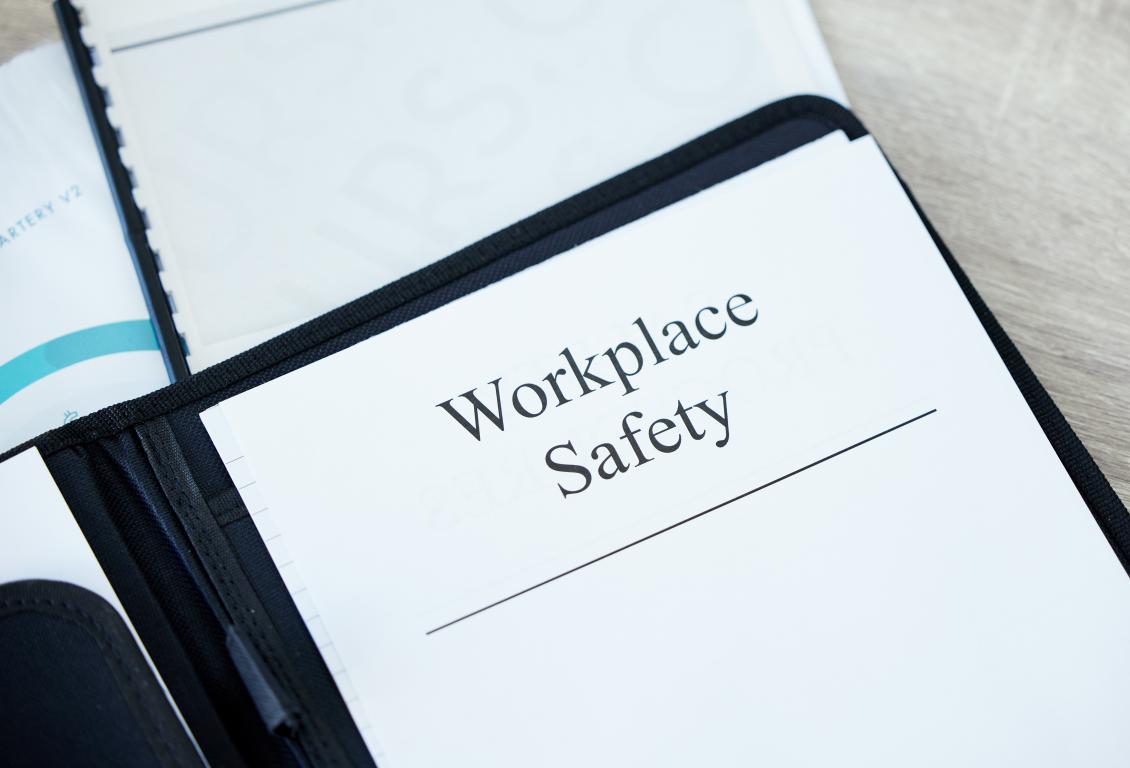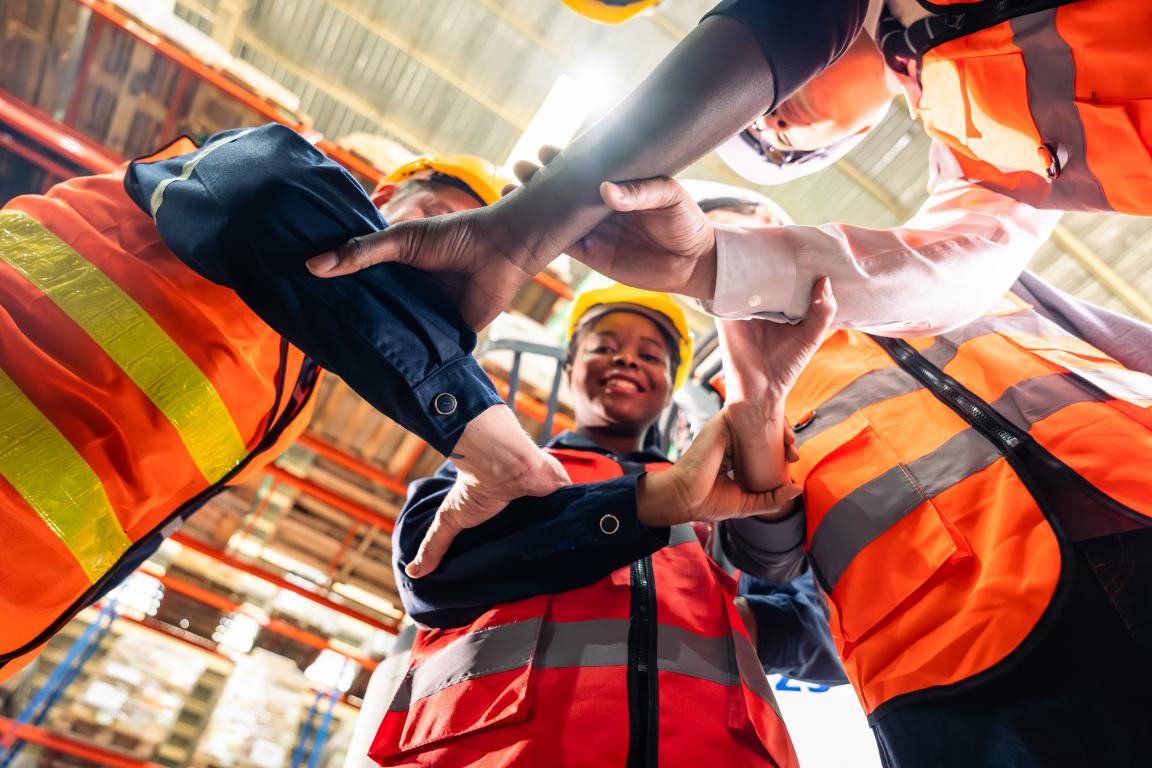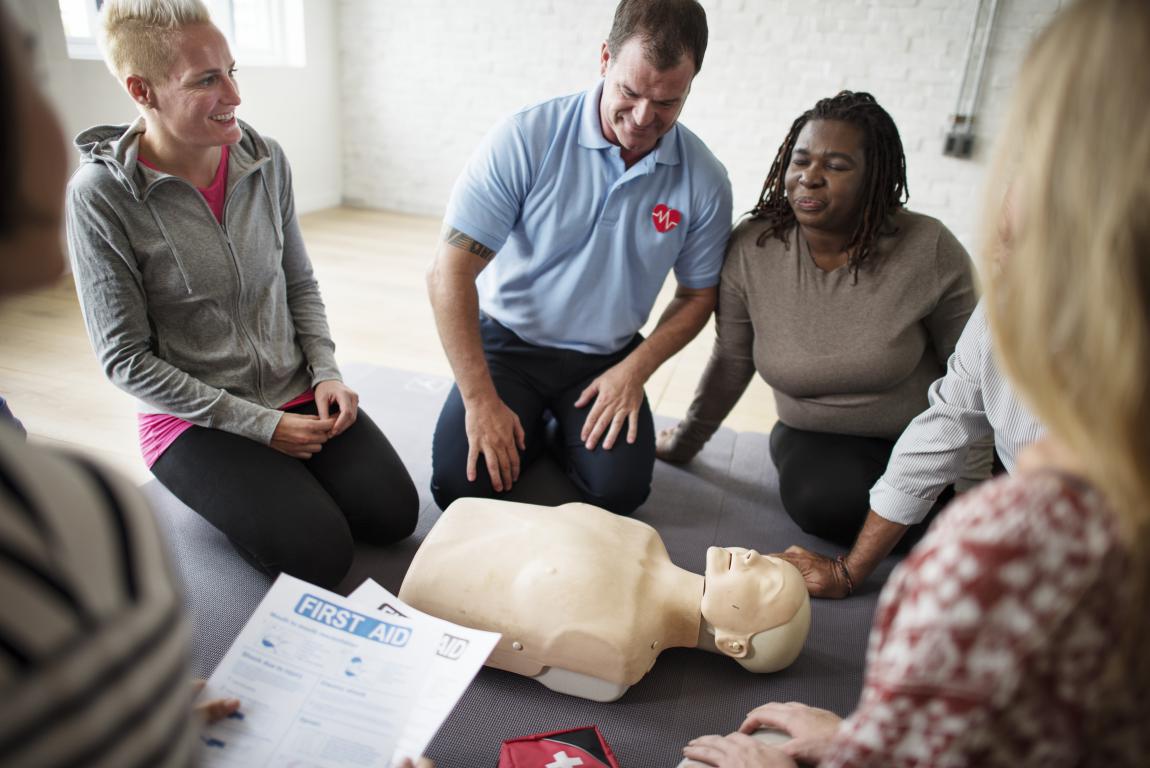Bio-degradable cards
Every card imaginable!
|
Bio-degradable cards Every card imaginable! A Small Business Guide to Workplace Safety in the USRunning a small business is a juggling act. You’re the CEO, the finance department, the head of marketing, and often, the one grabbing the coffee. With so much on your plate, tackling workplace safety can feel like one more daunting task on an endless to-do list. The regulations from agencies like OSHA can seem complex, and it’s easy to feel overwhelmed and unsure where to even begin. We get it. That’s why we’ve created this guide. It’s not a legal textbook designed to confuse you. It’s a straightforward, practical resource written for busy business owners like you. We'll cut through the formal language and break down what you really need to know to protect your people, your business, and your peace of mind. This guide will walk you through the essentials, step-by-step, to help you build a safe and healthy workplace you can be proud of. Table of Contents
Why Workplace Safety is More Than Just Checking a BoxBefore we dive into the "how," let's talk about the "why." It’s easy to view workplace safety as a legal hurdle to clear, but its real value goes far beyond compliance. Thinking about it in the right way can shift it from a chore to a cornerstone of your business.
It’s About Your PeopleYour team is your greatest asset. Whether you have one employee or twenty, you have a moral and ethical responsibility to ensure they go home in the same condition they arrived. A strong safety culture shows your team that you genuinely care about their wellbeing. This builds trust, boosts morale, and can significantly improve employee retention. Happy, safe team members are productive and loyal team members.
It Protects Your Business's ReputationWord travels fast. A business known for cutting corners on safety will struggle to attract top talent and may lose customers. Conversely, a company with a stellar safety record builds a powerful reputation for professionalism and responsibility. It becomes part of your brand, signaling to everyone – from clients to potential employees – that you do things the right way.
It Makes Good Financial SenseAccidents are expensive. The costs aren't just limited to potential fines or legal fees. Think about the hidden costs:
Investing a little time and money in preventative safety measures is one of the smartest financial decisions you can make. It’s not an expense; it’s an investment in the stability and resilience of your business.
It Keeps You on the Right Side of the LawFinally, yes, there are legal requirements. The consequences of neglecting your duties can be severe, ranging from formal citations and significant fines from the Occupational Safety and Health Administration (OSHA) to, in the most serious cases, legal action. Getting the basics right protects you and your business from legal trouble, allowing you to focus on what you do best: running your company. 
What Are My Legal Responsibilities as a Business Owner?The law can feel intimidating, but the core idea behind US workplace safety law is straightforward. The main legislation is the Occupational Safety and Health Act of 1970 (OSH Act). This act created OSHA and sets out the responsibilities employers have to their employees. At its heart, the OSH Act has a "General Duty Clause." This clause states that each employer must provide a workplace that is "free from recognized hazards that are causing or are likely to cause death or serious physical harm." A "recognized hazard" is a danger that is commonly known in your industry or that you know about at your own worksite. This means you have a fundamental duty to identify and correct safety and health problems. In practice, your legal responsibilities include:

The 5 Steps to a Solid Hazard AssessmentIf you only do one thing after reading this guide, make it this. A hazard assessment (often called a risk assessment) is the absolute foundation of a good safety program. It’s simply a careful examination of what in your workplace could cause harm to people. Let's clarify two key terms:
Your assessment is the process of spotting those hazards and evaluating the risks. Here is a simple five-step approach that aligns with OSHA's recommendations.
Step 1: Identify the HazardsWalk around your workplace and think about what could reasonably be expected to cause harm. Talk to your employees – they know their work areas better than anyone. Look for common hazards in different categories:
Make a list of all the potential hazards you spot.
Step 2: Decide Who Might Be Harmed and HowFor each hazard you've identified, think about who might be harmed. It's not about listing individuals by name, but rather thinking about groups of people:
Then, think about how they could be harmed. For a frayed cord, the harm is potential electrocution or fire. For a heavy box, it could be a back strain.
Step 3: Evaluate the Risks and Decide on ControlsNow you need to decide what to do about the hazards. OSHA requires you to control hazards using a "hierarchy of controls," a step-by-step approach to finding the most effective solution.
Step 4: Record Your Findings and Implement ThemWhile not always a federal requirement for every small business, documenting your hazard assessment is a critical best practice. It’s your proof that you’ve been diligent and serves as a roadmap for your safety efforts. OSHA provides a variety of resources and sample programs on its website that can help you structure this. Most importantly, you need to implement the controls. An assessment sitting in a drawer is useless. Assign actions to people, set deadlines, and make sure the safety measures become part of your daily routine.
Step 5: Review Your Assessment and Update if NecessaryYour workplace isn't static. Things change. You might get new equipment, new employees, or change your work processes. You need to review your hazard assessment regularly to make sure it’s still effective. A good rule of thumb is to review it at least once a year, or immediately after there's been an incident or a near-miss. 
Beyond the Hazard Assessment: Other Key Safety EssentialsA hazard assessment is your foundation, but a truly safe workplace is built with a few other essential components.
1. Your Safety and Health ProgramWhat is it? This is your formal plan that outlines how you will manage safety at your company. While a comprehensive written program isn't a federal OSHA requirement for all businesses, some states do require one, and it is considered a major best practice by OSHA for creating a strong safety culture. It's often called an Injury and Illness Prevention Program (IIPP). How do I create one? It typically includes your management's commitment to safety, your plan for employee participation, your system for hazard identification and control, required training, and how you will evaluate the program's effectiveness. OSHA provides free resources and eTools on its website to help small businesses develop their own safety and health programs.
|